
Types Of Robots
1. Industrial robots – painting and welding robots : Types of Robots and It’s Advantages
Advantages of a painting robot :
The Types Of Robots and It’s Advantages is equal, uniform with high quality and precision. It can reach very difficult places due to their high degree of flexibility which can be difficult for humans, but can be achieved easily by robots. A human needs to carry heavy painting gun and wear a mask for protection against toxic chemicals. A robot´s repetition rate is high as it does not suffer from fatigue. Safety levels which can be achieved by using a robot are high by saving humans from the smell chemical toxics.
2. Medical robot to make surgery : Types Of Robots and It’s Advantages
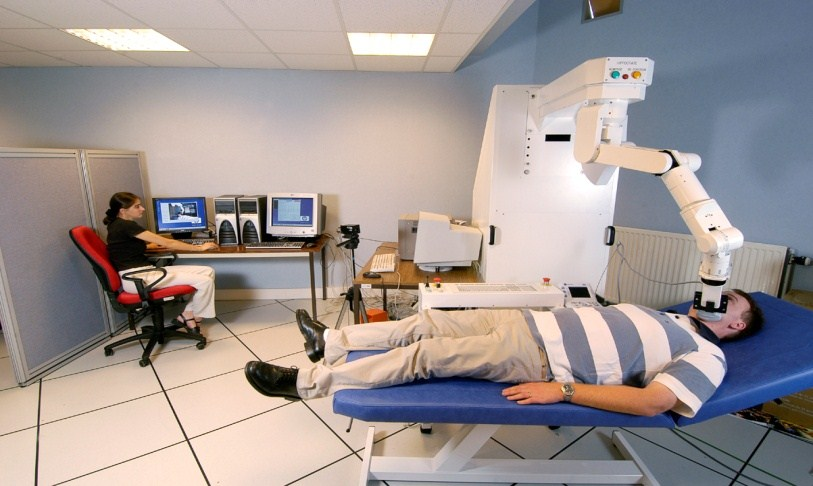
Advantages of a medical robot:
The Types Of Robots When Patient gets fast recovery. The operation is more precise with fewer mistakes. Robot can open small incisions in the body and carry out major operations with minimal damage to the patient. Therefore recovery time is decreased. The equipment is more hygienic and safe.
3. Mobile robot with legs or wheel : Types Of Robots and It’s Advantages
Mobile robot with legs or wheel for chemical power plant, under see or remote areas and bombs fields. The advantage in leg robot is that it can avoid step over obstacles can be dangerous like bomb or even to protect objects from being destroyed due to robot moving over them.
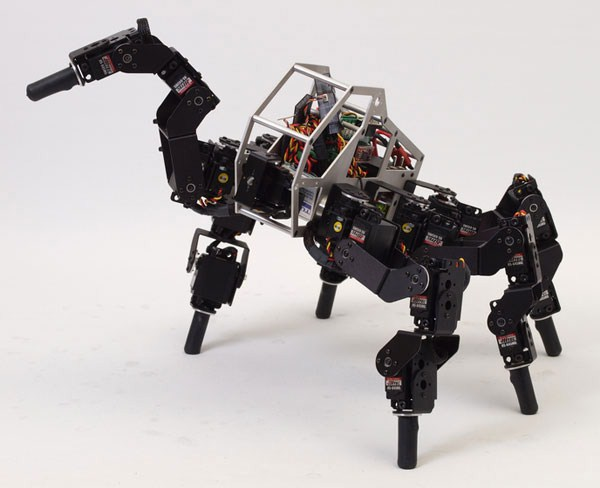
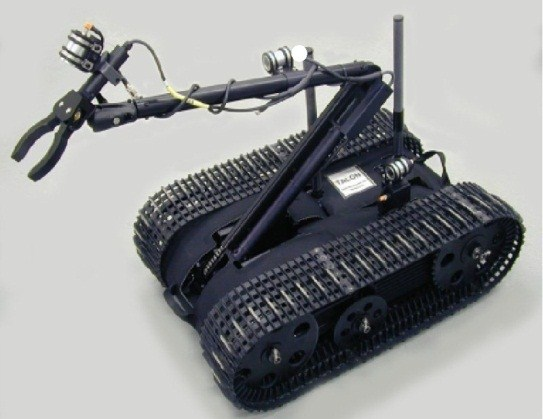
4. Robotics air-crafts and boats : Types Of Robots and It’s Advantages
Robotics aircrafts and boats without pilot which are guided from a station on the ground, which are used by army or rescue mission.

5. Robotic toys for entertainment : Types Of Robots and It’s Advantages
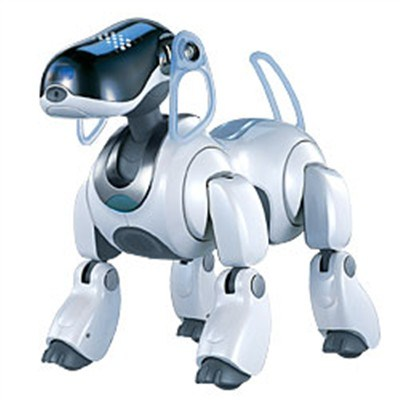
6. Robot for cleaning at home and industry : Types Of Robots and It’s Advantages
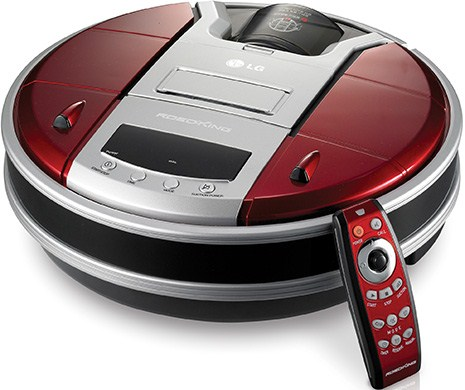
Required studies in robotics
It is multidimensional area which uses almost all of the engineering studies. These studies are mechanical engineering, electronic sensors, actuators, computer sciences and artificial intelligence
Extrapolating from nature
As an example humans and animals have arms and fingers to manipulate objects. Legs for locomotion, muscles as actuators, eyes provide vision, nose for smelling, ears for hearing, tongue for tasting, skin for feeling and nerves for communication between the brain and actuators.
Comparing robots to humans
Manipulation is equal to Arms and fingers driven by motors and other forms of actuation. Vision is equal to camera. Hearing is equal to microphone. Feeling is equal to tactile sensors. Communication is equal to wires, fiber optics and radio. Brain is equal to computers and microprocessors.
Programming a robot by teaching method
The same technique we use to teach children to write the alphabet by holding the child’s hand and going through the writing process step by step. Thus When we are teaching the robot and the to do a certain job we control the movement of the robot hand or end effector at the same time we record the motion of each individual joints. Then we play back the recording and the robot begins to move independently as taught. The quality of recording results in the work carried out. This work is carried out by a skilled worker.
When the work arrives on a conveyer to the robot, the robot replays the stored recording then robot performs the required task. Other ways to teach a robot to undertake certain tasks is by use of a program that creates a virtual world. Then we stimulate the work to be carried out by the robot’s joint motion parameters stored in the memory. The robot is then capable of replaying the recording.
Visit Our Website For Latest Updates – Click Here




